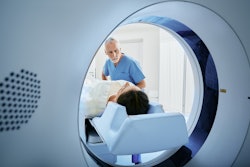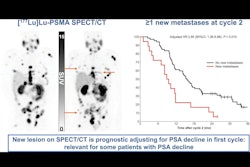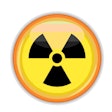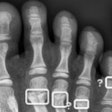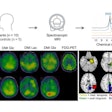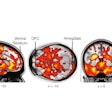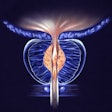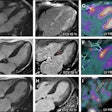More in Home
CT estimated to cause 5% of new cancer cases
April 16, 2025
Swedish team puts focus on cost-effectiveness of DBT
April 15, 2025
Imaging unveils overlooked orbital findings
April 14, 2025
AI can improve diagnosis of pediatric fractures
April 14, 2025
Metabolic MRI method shows promise in Alzheimer’s cases
April 10, 2025
PET reveals brain’s responses to music
April 9, 2025
Debate ignites over radiology trainees and research
April 8, 2025
SPECT/CT measure validated for diagnosing ATTR
April 7, 2025
Is this the first x-ray image taken in space?
April 7, 2025










